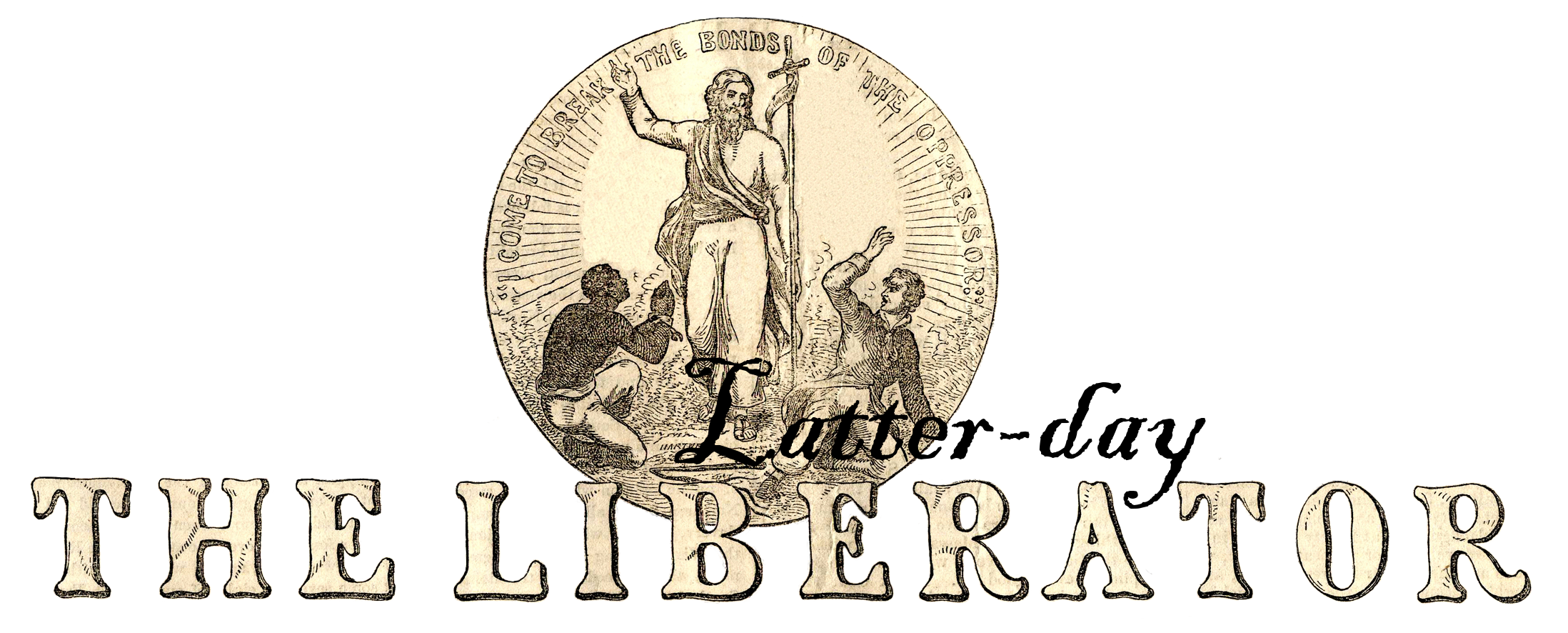The new Superman movie premieres this weekend. Despite its flaws, it is a fantastic movie with a fantastic moral compass and message. In this article I review what the movie has to say about hope, despair, and the Three Great Virtues: Faith, Hope, and Charity (the pure love of Christ.)
Tag: faith
Easter Advent: Holy Week
This is the Holy Week portion of our Easter Advent Celebration, covering days 19-26. It covers Palm Sunday, the suffering in Gethsemane, the Crucifixion, Christ’s ministry in the Spirit World, and HIs triumphant return as the Resurrected Lord.
This celebration includes scriptures, quotations from church leaders, hymns, videos, and activities for families to read, sing, watch, and do together as they seek to focus their Easter celebrations on the Savior Jesus Christ.
Can You Be Good Without God?
It is a very common claim from agnostics and atheists that not only do you not need God to be a good person, but that if you do need God to be good then you are terrible. This article shows that both of these claims are backwards, irrational nonsense. In fact, not only do you absolutely need God to be good, but you can’t even understand good without God.
“Wicked” vs “The Wizard of Oz”- Which Is Better?
This article highlights the disparity between the original “The Wonderful Wizard of Oz” and the contemporary musical “Wicked.” While “Wicked” reinterprets characters and presents a childish perspective of society in its story, “The Wonderful Wizard of Oz” conveys substantial themes of femininity, resilience, and the transformative journey of growing up, offering meaningful lessons especially for young women.
Beautiful Free Printable Plan of Salvation Poster
For a long time I have looked for a clear and attractive graph or poster of the Plan of Salvation. It is easier for children and adults to better understand the Plan once it is laid out for them. Despite appreciating one recently published in a church magazine, it is imperfect because it lacks critical elements like the Fall of Adam and Eve. To address this, I have created a revised, detailed version with added scriptural references and explanations to people understand the Plan of Salvation. This poster can be downloaded and printed for free by everyone in this article.
The One and Only Path to Peace
One of my favorite Christmas hymns is, “I Heard The Bells on Christmas Day.” Based on the poem, “Christmas Bells,” by poet Henry Wadsworth Longfellow, the hymn confronts the pains of living in mortality and facing evil directly as well as the means by which we triumph over evil. The story behind the hymn only enhances its message and helps us to understand the powerful of Hope and Faith in our every day lives.
The Patient Faith of the Three Wise Men
There is much to learn from the Christmas story. In this article I explore the identities of the shepherds and the Wise Men – who they were, where they were form, what made them different and special, why they were chosen, what their experiences were, and what we can learn from them. These two groups are powerful examples of the different ways people gain testimonies of Christ and what it means to be a witness of Christ in the world. There stories and their examples have a great deal to teach us about what it means to be Christians in the world today.
What Can Men Do Against Such Reckless Hate?
I recently finished a rewatch of the Lord of the Rings. As always, I was struck by the drama and courage of Théoden and the Riders of Rohan as they made what seemed like a last stand against the overwhelming might of the armies of Saruman. Instead of surrender or retreat they trusted in the words of Gandalf the White and stood against evil no matter what the cost to them, even if it cost their lives. There is a great lesson for us to learn here about how we should live. Using examples from throughout the scriptures I discuss how we can stand against the reckless hate of the world we live in today.
Our Harshest Trials Become Our Greatest Blessings
My life has been filled with trials. I grew up in poverty. I’ve been homeless on multiple occasions. My family broke apart when I was young. My father was an alcoholic. I’ve lost everything I’ve owned and everyone I knew on multiple occasions. Yet, through it all, I have discovered a sublime truth about God’s power and how our deepest trials lead to our greatest blessings. This is that story.
How Mormonism Influenced The First Mistborn Trilogy
I recently finished Brandon Sanderson’s first Mistborn trilogy -The Final Empire through Heroes of Ages – and loved all three books. They’re incredible works of storytelling and some of the best fantasy out there. Sanderson is easily one of the best fantasy writers alive. He is also a devout Latter-day Saint. As I was reading his books again and again I kept coming across ways that Mormonism influenced his writing in crucial ways, but was shocked to find so little online exploring these influences. This article is my attempt to demonstrate some of the major ways that LDS scripture, history, theology, and culture deeply influence Sanderson’s writing and appear in these books.
